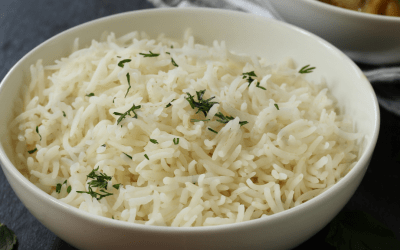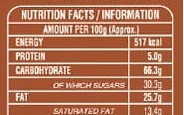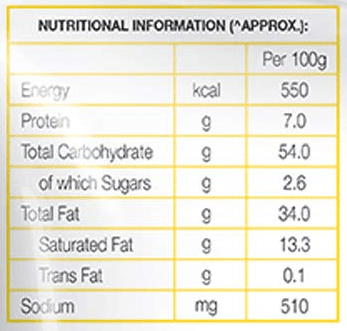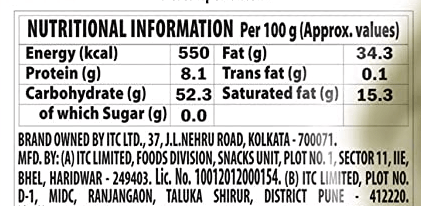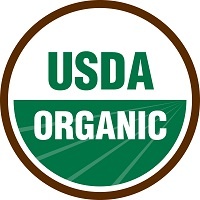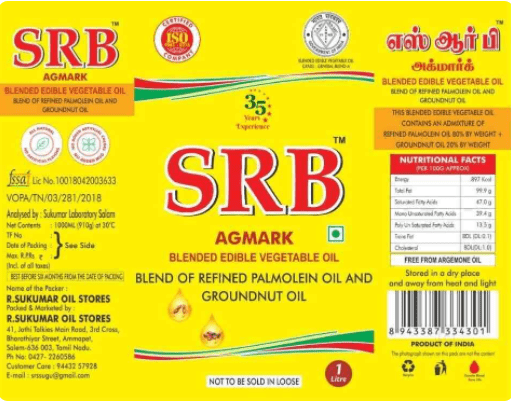HOW BAD CAN IT BE?
If you have high levels of ammonia in your body, it is not good for you. It can lead to problems like
- Wheezing, coughing, watery eyes and shortness of breath.
- Skin irritation or burns.
- Excessively high ammonia levels, known as hyperammonemia can be fatal if not treated.
- In many cases, ammonia levels become high due to liver problems or severe hepatitis. If that’s the case, you might have to deal with lethargy, confusion, metabolism changes, and forgetfulness. In worse cases, it leads to a person being comatose.
HOW TO DETECT AMMONIA IN OUR FOOD?
Unfortunately, there is no simple shortcut to detect ammonia in the food. You need to get it tested at a lab. There are no strict rules that might force the food manufacturers to list exact ammonia levels on the labels. The best most manufacturers do is to mention safe and small levels.
HOW TO REDUCE AMMONIA EXPOSURE?
- Eat as many real foods as possible and limit processed foods whenever possible.
- Buy organically grown foods that help you to avoid GMO, pesticides, herbicides, and antibiotics present in animals
- Drink lots of water so that you urinate frequently and flush out ammonia from your body.
- Drinking coconut water is even better as it also makes you urinate frequently, and it tastes better than plain water.
- If you grow tired of plain water and coconut water, have some lemon water or have citrus fruits to lower ammonia levels.
- Drinking tea, especially green tea, can help remove toxins from the body and lightens the work you have to do.
- Don’t drink alcoholic beverages as it can enhance ammonia production and harm your liver.
- Seek supplements and medications whenever needed to lower ammonia levels.
- You must also know that low levels of ammonia are also not good news, so you need to make sure that you keep in touch with a medical expert if you are taking any supplements or medications. Self-treatment is not recommended at all.
The foods we eat today are very different from the foods we ate even a few years back. Our busy lives have made us dependent on packaged, processed, and frozen foods that are quickly cooked and can save time. But if you depend too much on them, make sure that you know every ingredient is safe for consumption and doesn’t harm your body at all.



